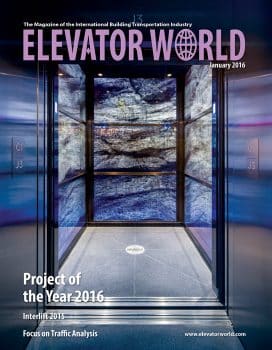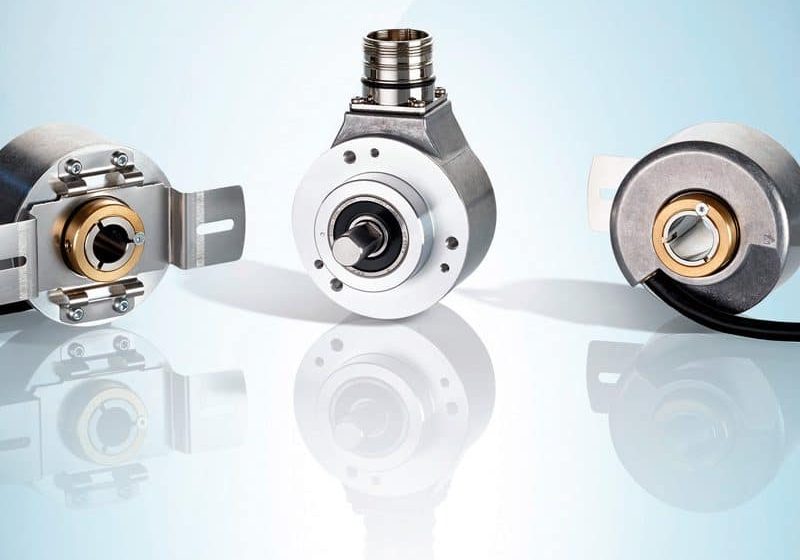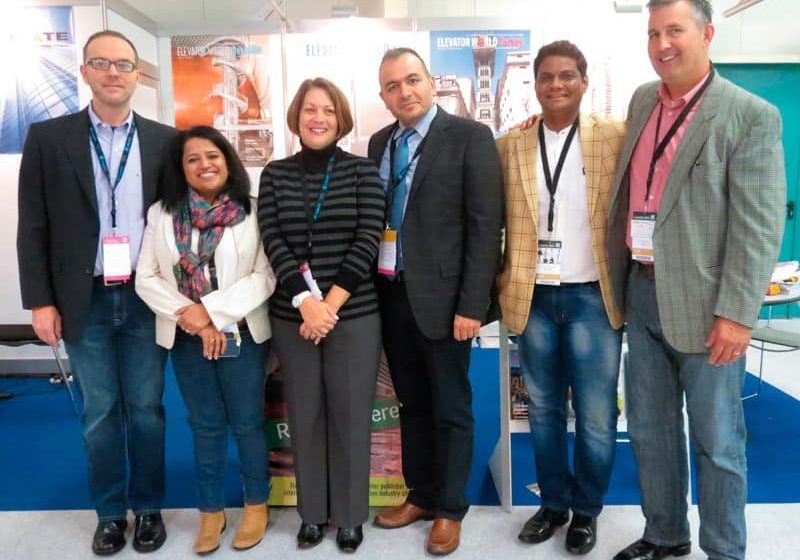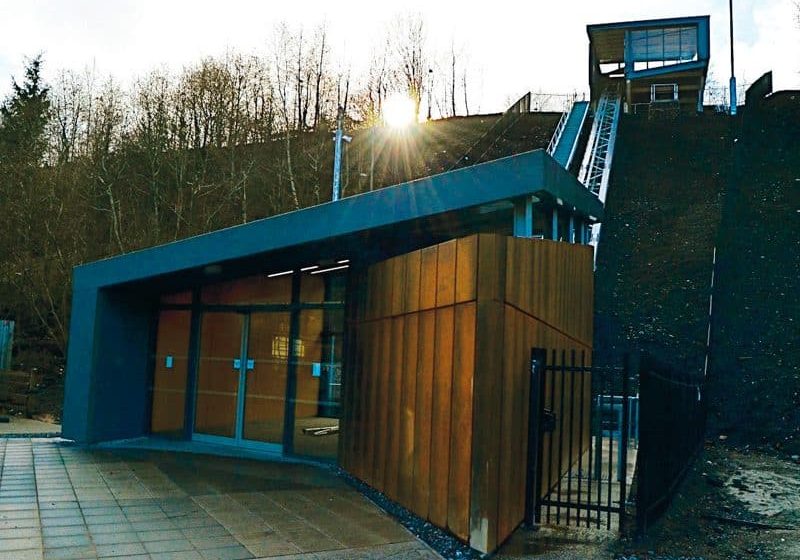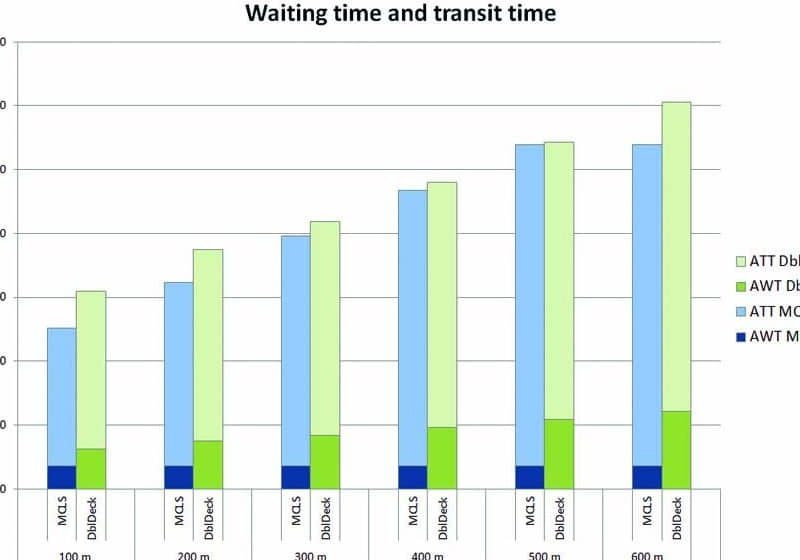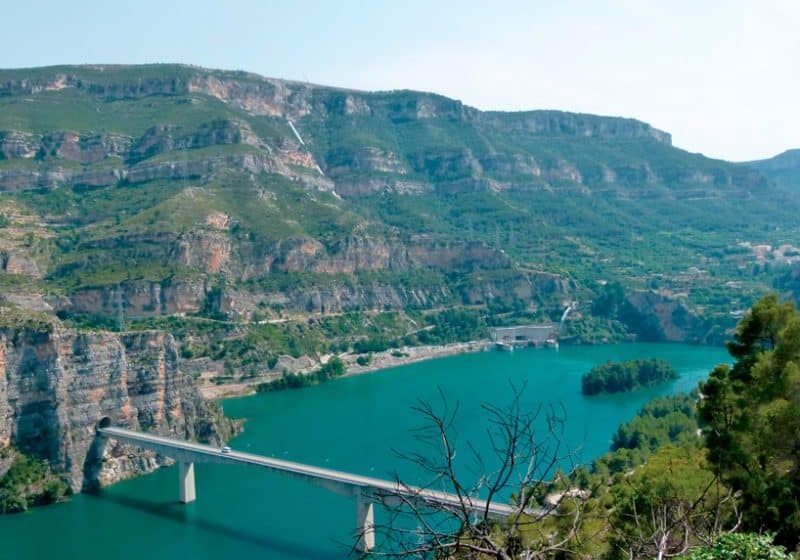Fourth Annual Wisconsin Elevator Symposium
Jan 1, 2016
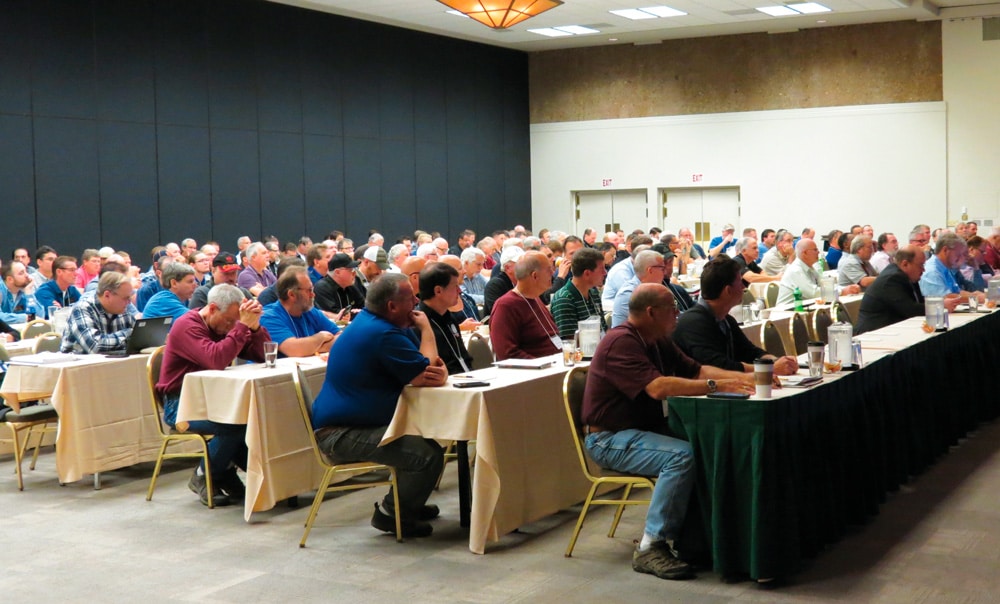
NAESA, Wisconsin host informative, lively two-day event.
NAESA International joined forces with the Wisconsin Department of Safety and Professional Services for the fourth time to host the Wisconsin Elevator Symposium on October 22-23, 2015. Once again the number of inspectors, vendors and guest speakers exceeded 200 at the Grand Geneva Resort & Spa in Lake Geneva, Wisconsin.
Day One
The event opened with welcoming remarks from NAESA Education Director Jim Runyan, as well as President Doug Warne.
The educational sessions began with an important topic presented by Bob Shepherd of Otis Elevator: “Learning, Loving and Living Safely” on the jobsite. Shepherd also covered the changes made to the 2015 Field Employee’s Safety Handbook, available at www.elevatorbooks.com. His personal stories held the attention of those listening and helped convey his message of mitigating risk so you can go home to the people you love at the end of each day.
After a brief break, during which the exhibitor hall was open for the first time, came two panel discussions on inspection techniques for machine-room-less (MRL) elevator systems. The first panel was comprised of representatives from the major OEMs – Norman Martin with Schindler, Sean Cowen with ThyssenKrupp Elevator (Canada) and Shepherd. Each presented and discussed his respective company’s latest MRL equipment and how to use and inspect it.
The second panel was comprised of representatives from independent manufacturers – Mark Yako with Hollister-Whitney/GAL, Tom Hausenbauer with MEI-Total Elevator Solutions and Mike Brown with Schumacher Elevator. These presenters gave an overview of their companies’ histories and how they are adapting to building MRL systems, which presents many challenges for not only manufacturers, but also inspectors.
John W. Koshak of Elevator Safety Solutions was next with what proved to be a very engaging lecture on hoistway doors (ELEVATOR WORLD, November 2015). He took listeners through years of code updates, pointing out the many changes to how much force elevator doors must withstand to be up to code. He also explained why those changes occurred and how manufacturers test their doors.
Mark Abbott, general manager of Rath Microtech, then gave a presentation titled “Communication Technologies and the Code,” highlighting the products his company offers for emergency-phone solutions. Rath Microtech supplies elevator and elevator-landing phones.
The final speaker of the day was Nikole Gore-Layton, executive director of the Elevator Escalator Safety Foundation (EESF). She informed attendees of the exciting new Safe-T Rider program designed to educate children on how to safely ride elevators and escalators (EW, December 2015).
The day came to a close with the busy evening reception sponsored by Otis and Abell Elevator. As attendees enjoyed drinks and hors d’oeuvres, they took part in a silent auction to support the EESF. Proceeds totaled US$2,300, according to Gore-Layton.
Day Two
The second day started with “Understanding the MCP” by Brad Welch, inspector with the State of Ohio. The two-hour lecture went through the 23 pages of A17.1 Section 8.6.
Geraldine Burdeshaw, Project Engineering advisor with the American Society of Mechanical Engineers (ASME), informed attendees about the proper way to write and submit code-interpretation requests through the ASME website. She emphasized how beneficial it can be to be a part of ASME’s committees.
The final presenter before lunch was Kevin Heling with Wurtec. He spoke about the tools necessary to satisfy the requirements for equal tension on suspension means as found in A17.1 (2010) Section 8.6.4.1.3. He noted that equipment changes, such as faster and MRL elevators, combined with what seems to be a rush to install the systems, is leading to many rope failures.
The day concluded with Brian Rausch with the State of Wisconsin who presented a discussion on issues specific to the state, such as policy documents, new test forms and testing processes.
Conclusion
It was encouraging to see the enthusiasm during the educational sessions. On more than one occasion, the allotted time was inadequate, as there were always intriguing discussions and questions from attendees. The format of the two-day symposium was beneficial to the 23 vendors, who enjoyed plenty of interaction during breaks between educational sessions. Warne opined:
“I was very happy to be able to return for the second time to the workshop. The turnout was even bigger than that of my first trip a couple years ago, and the presentations were outstanding. I would like to thank all who attended, as well as the presenters, suppliers, staff and host [Runyan] for making it very informative and worthwhile. This year, we had some new suppliers joining an outstanding group of returning suppliers who felt it was a great opportunity to participate and would certainly be returning next year. NAESA is already looking forward to next year’s event to be held at the same location and asks that if any participants have an interesting topic that would be of benefit to all, that they forward suggestions to the NAESA International staff. Thanks again to all, and we’ll see you next year!”
Visit www.elevatorworld.com or naesai.org for more information on upcoming NAESA events.
Get more of Elevator World. Sign up for our free e-newsletter.

